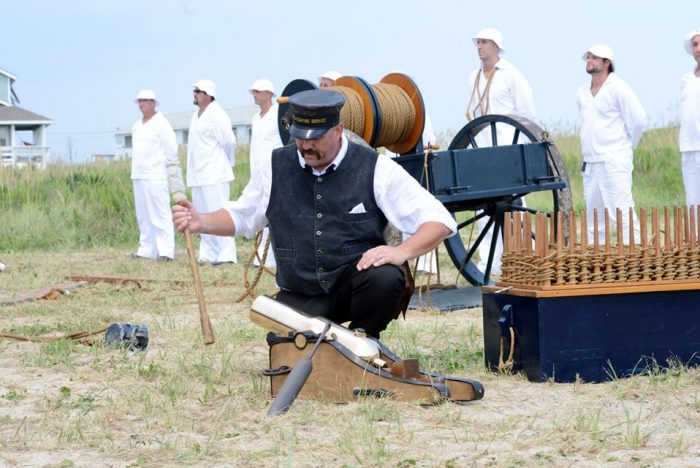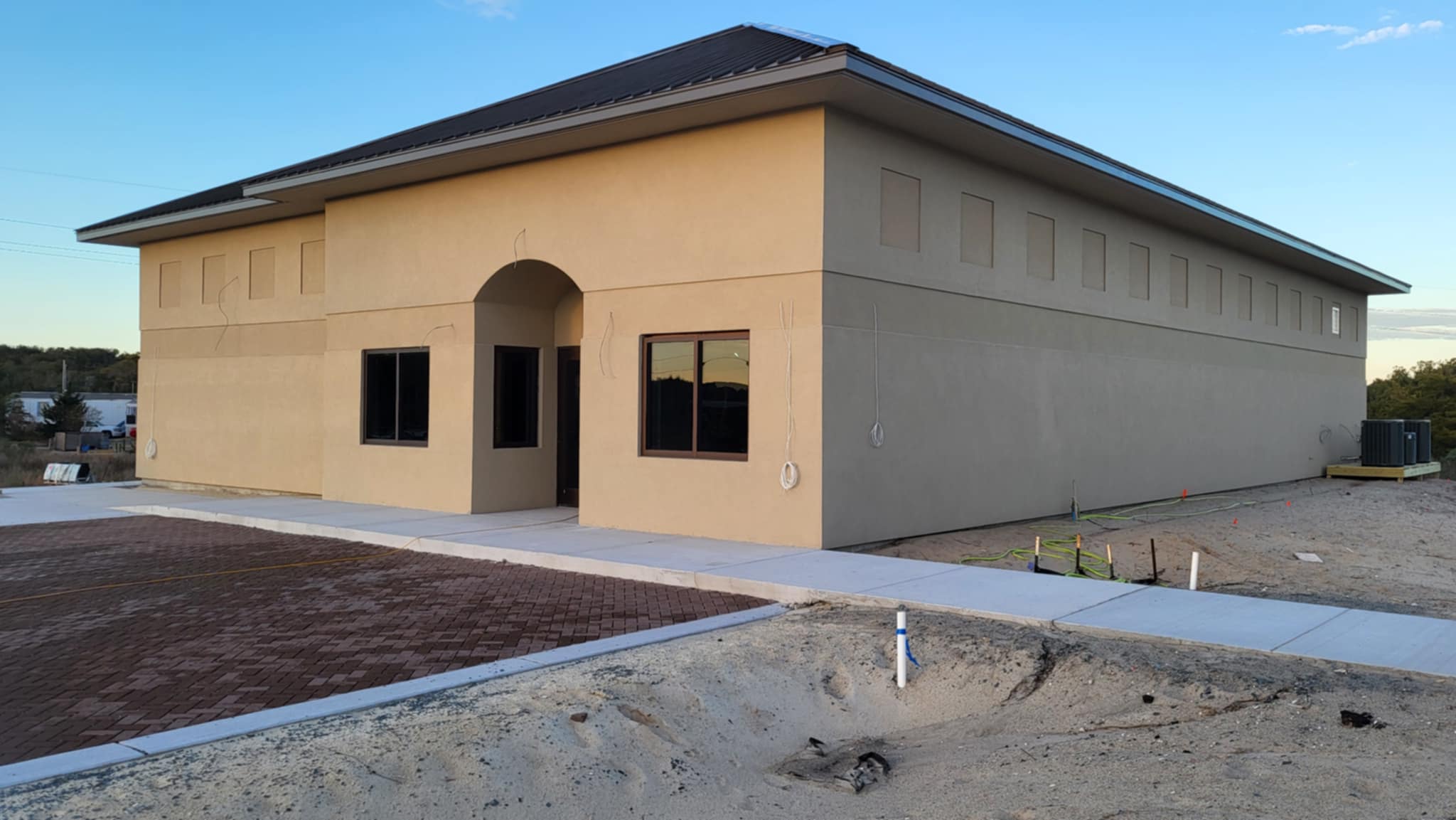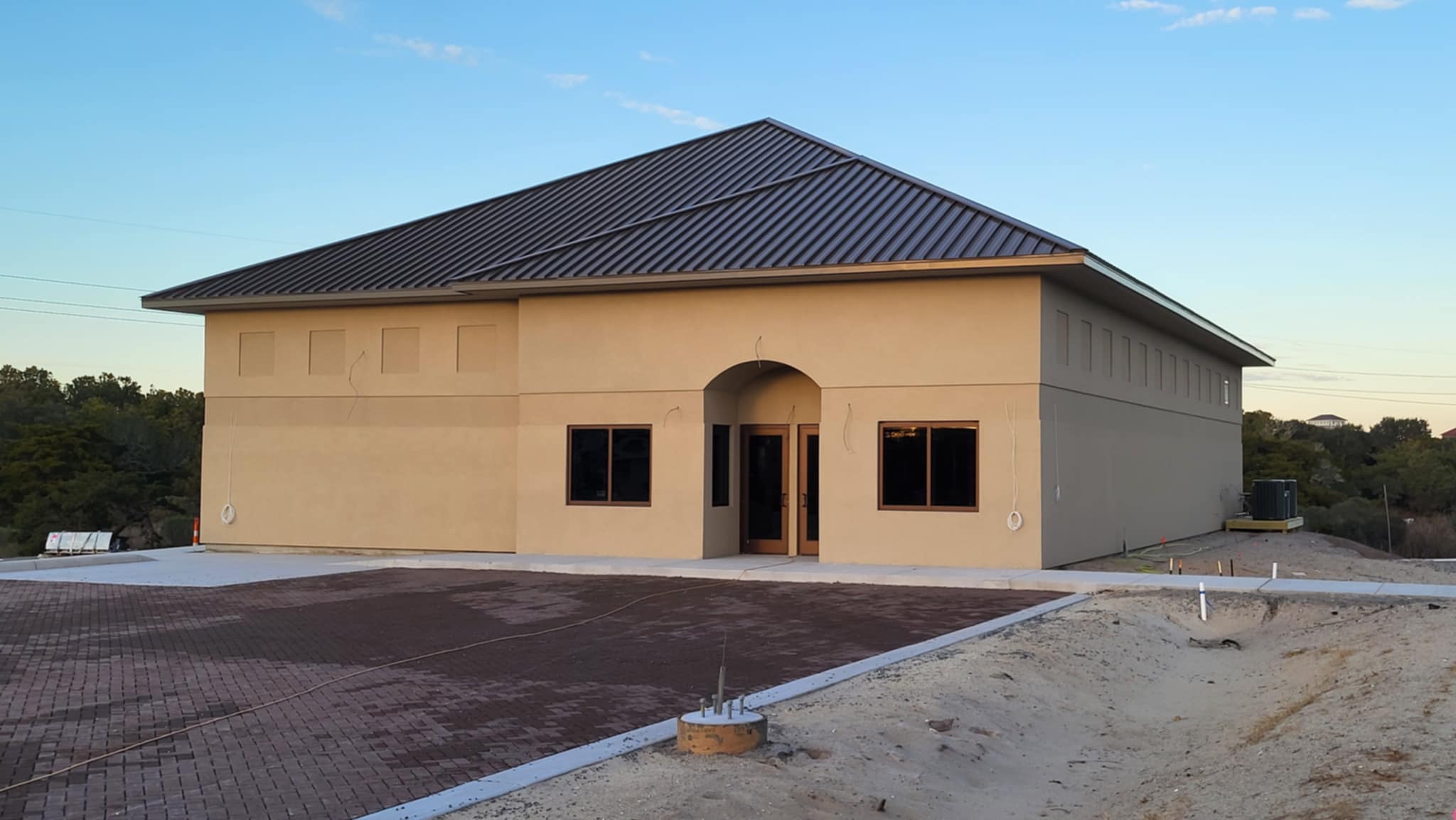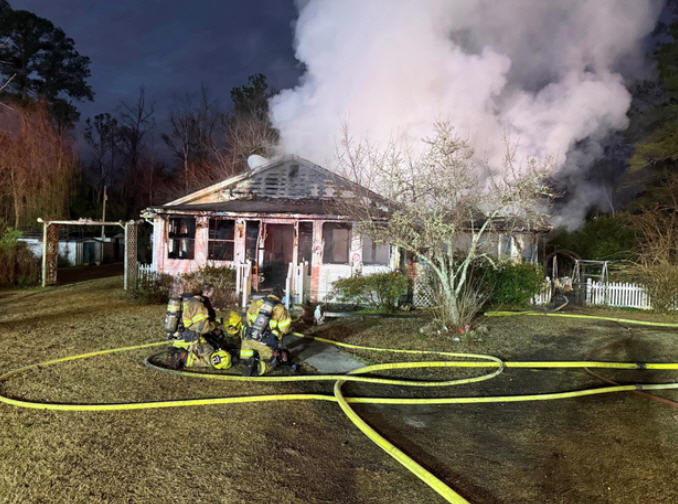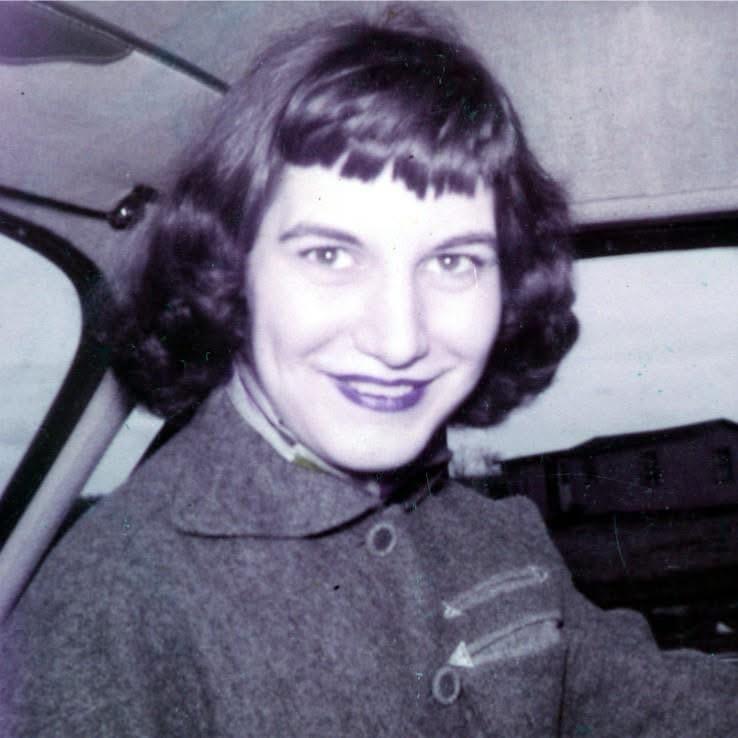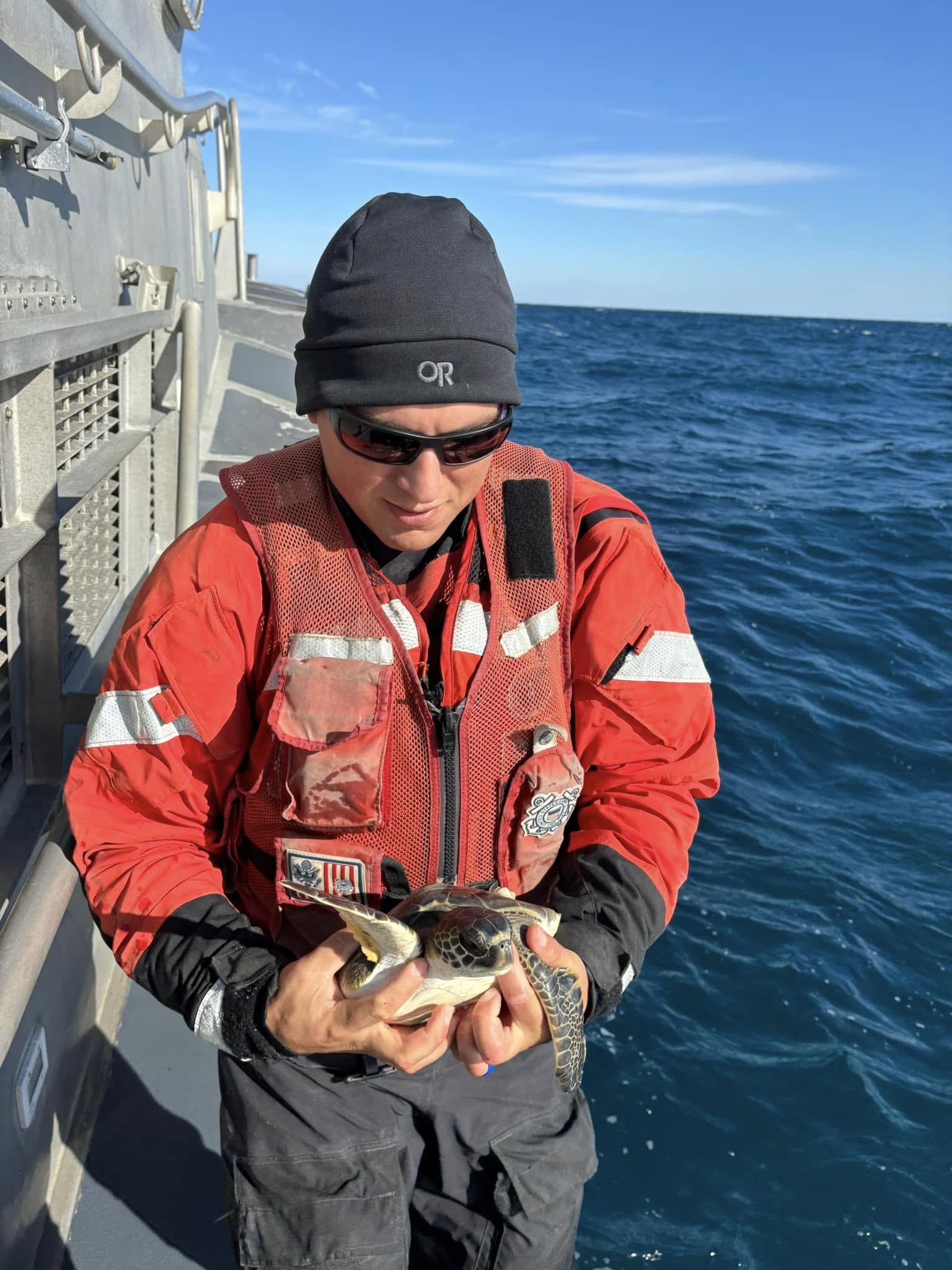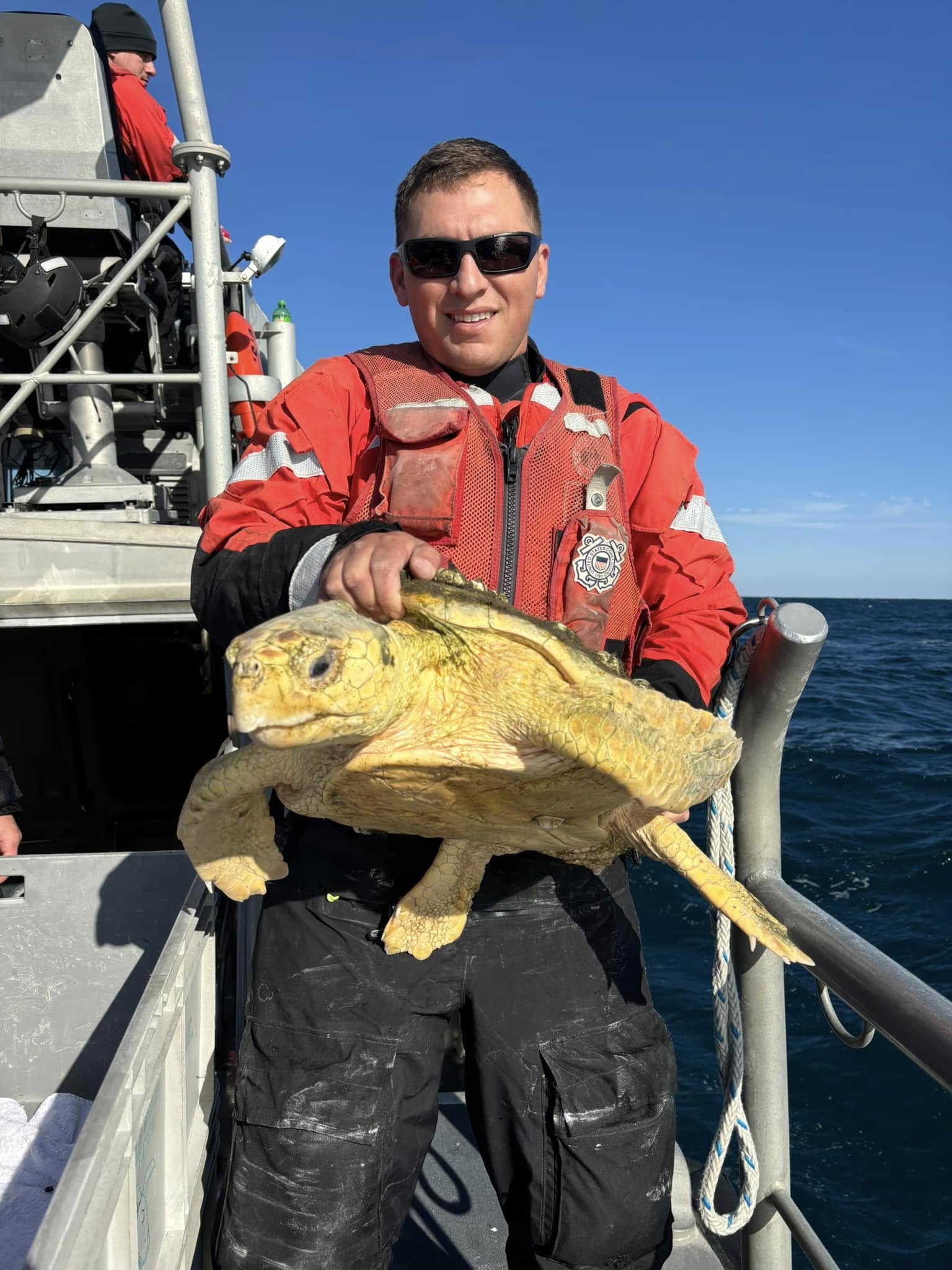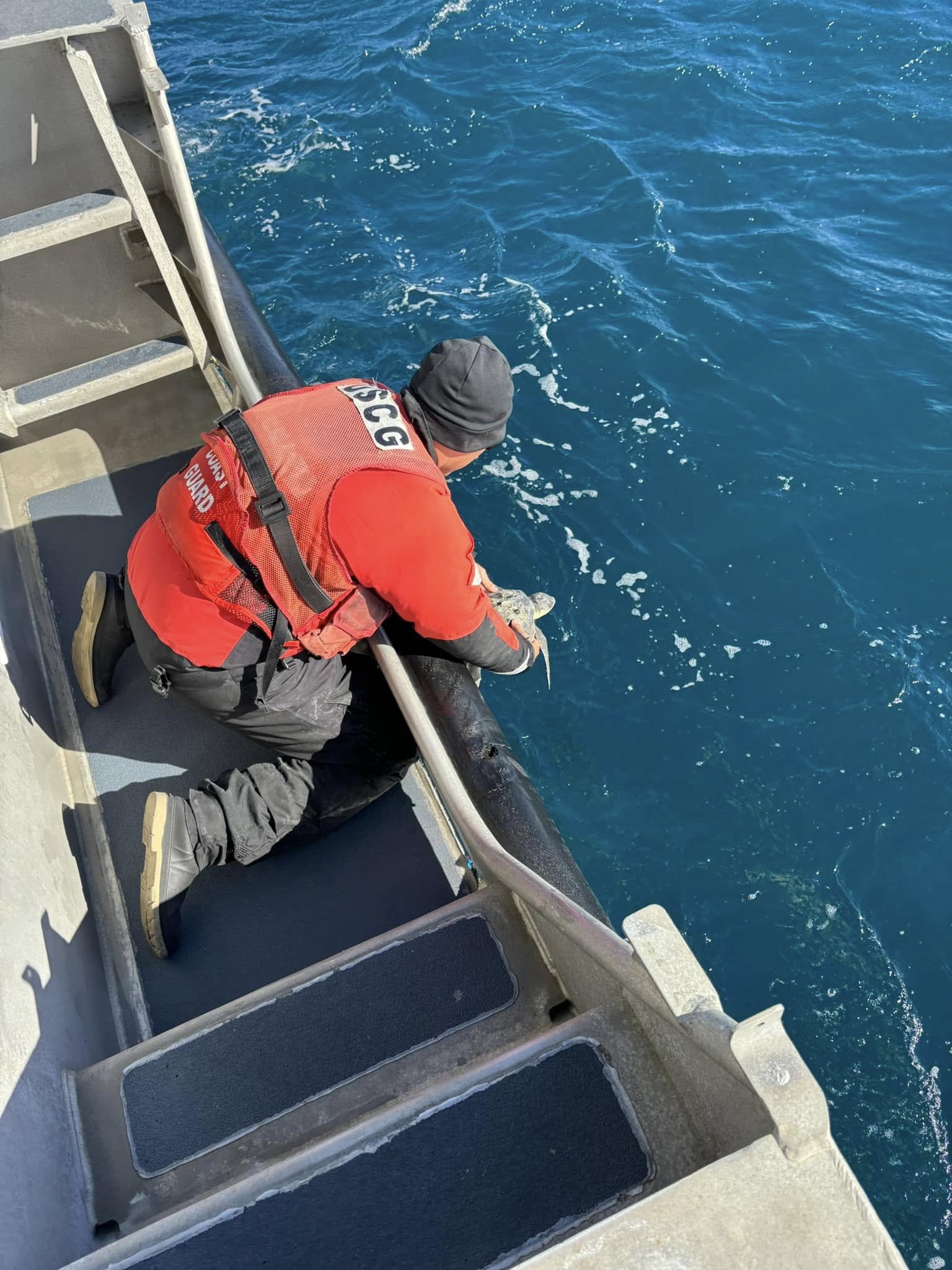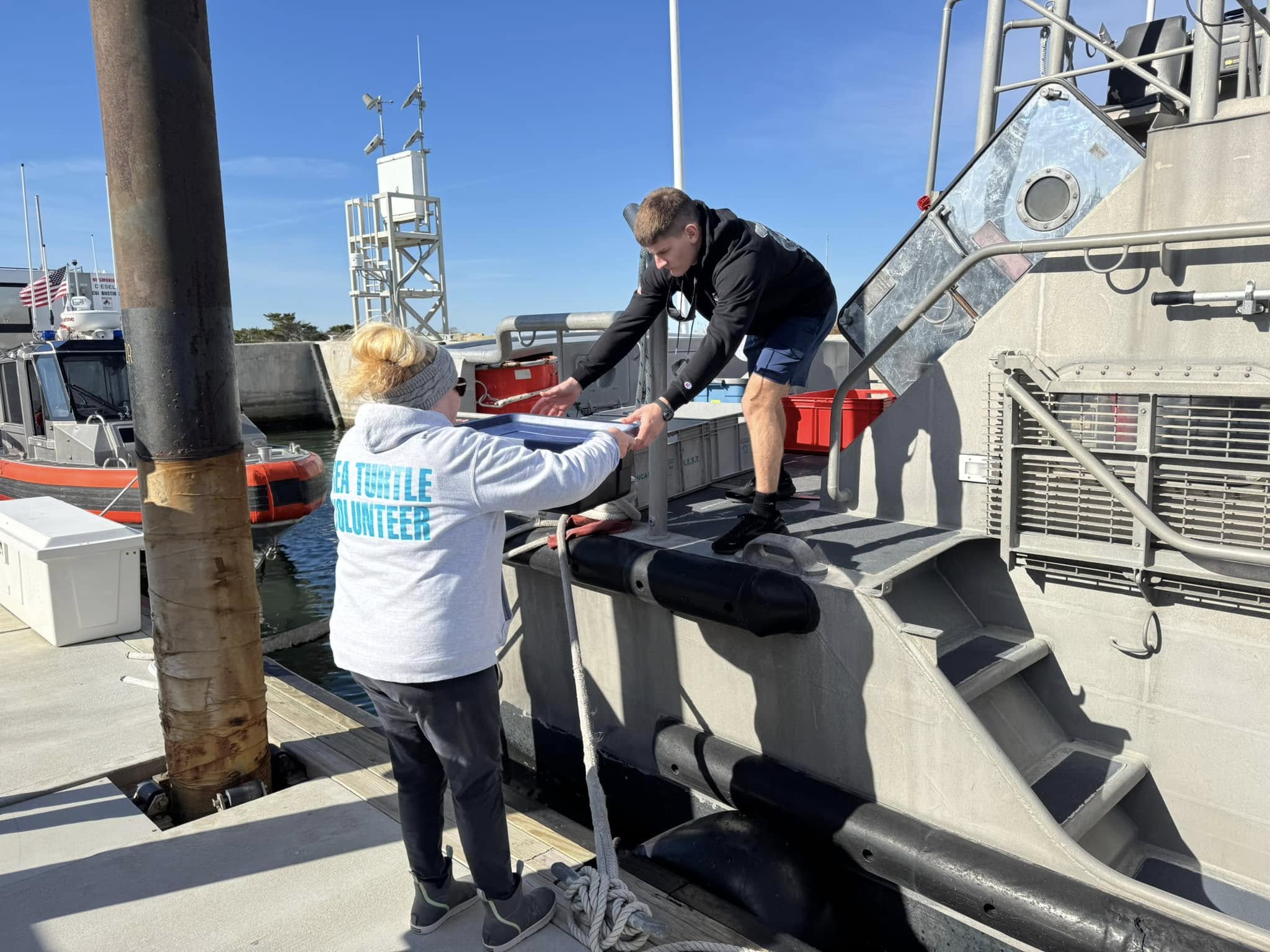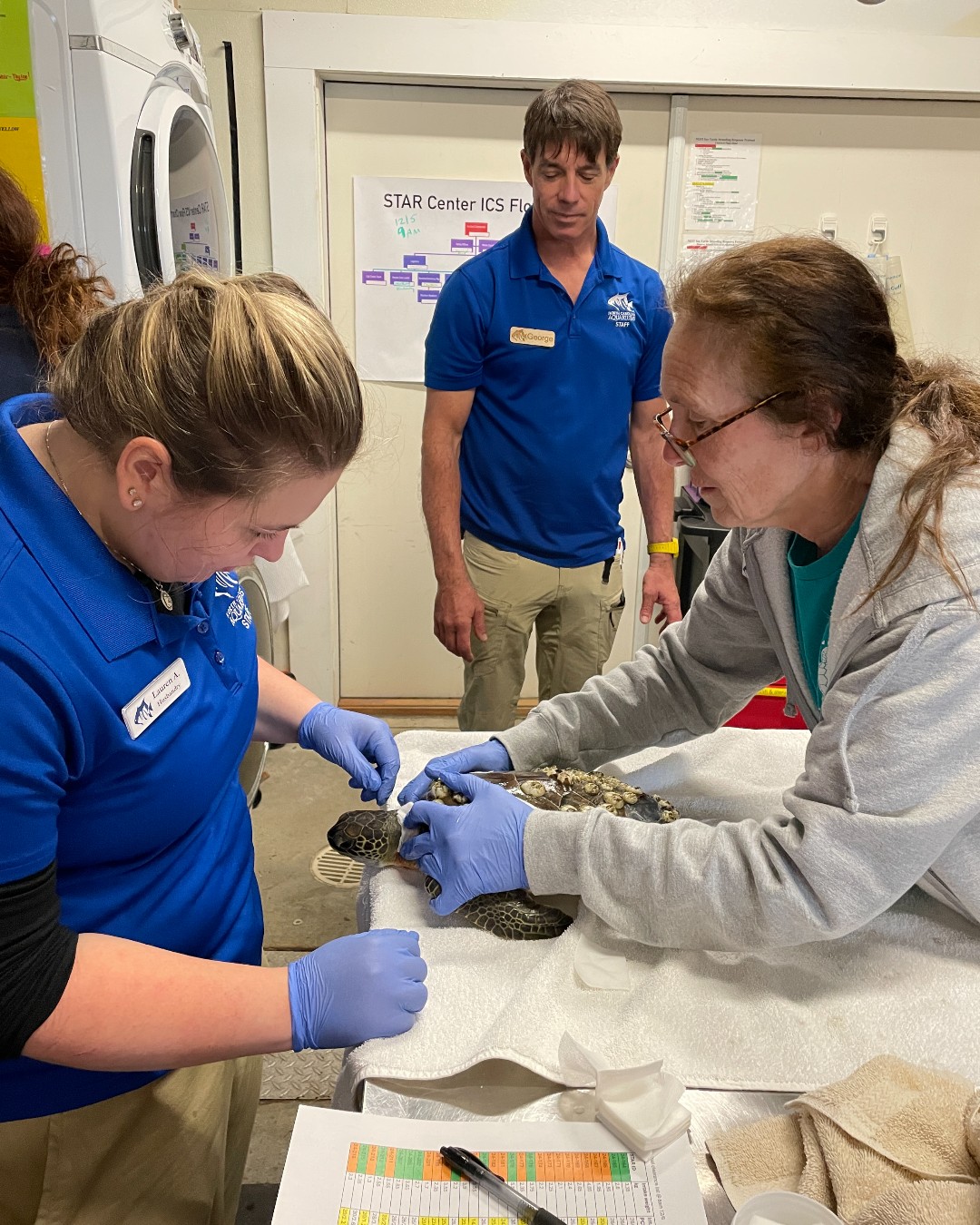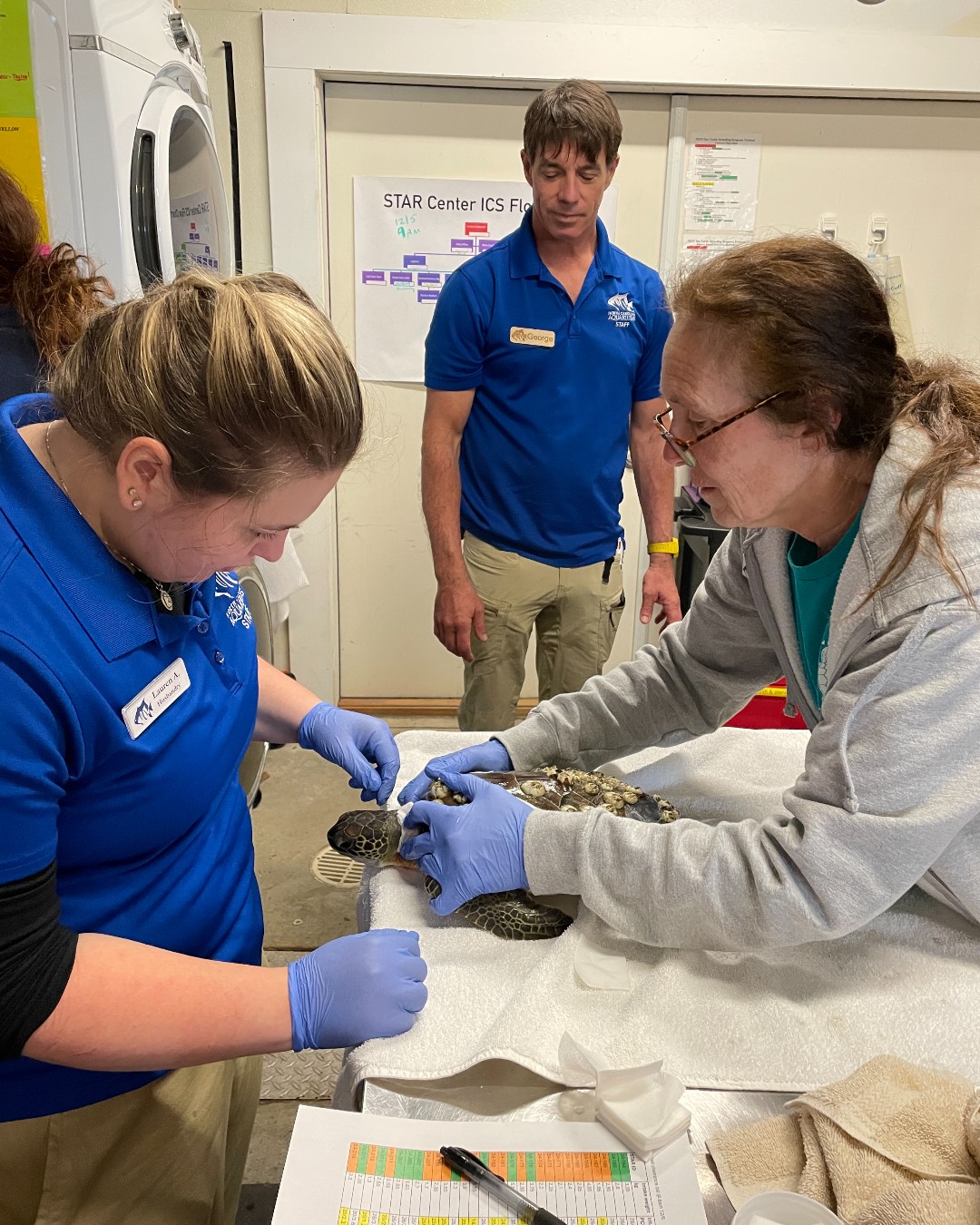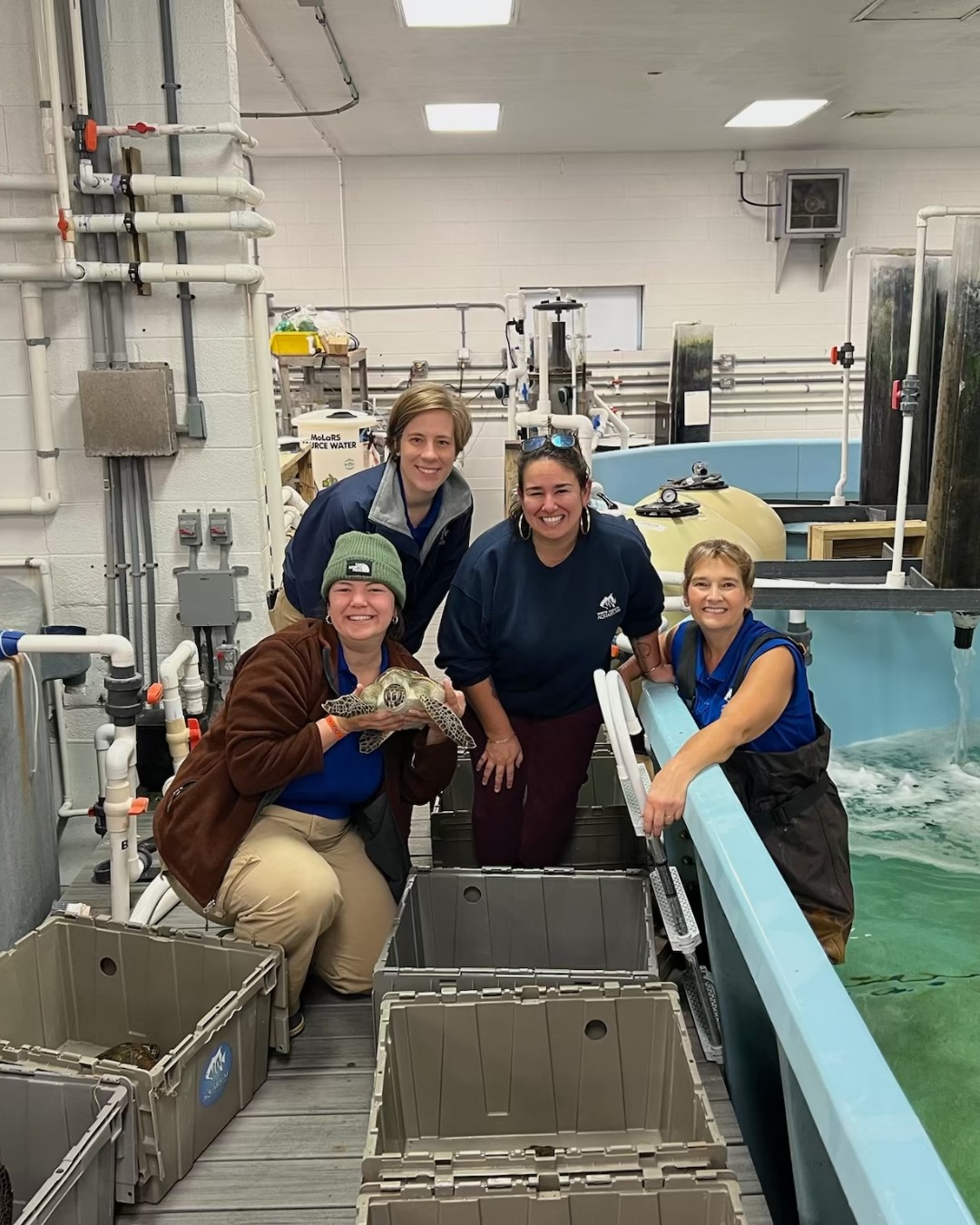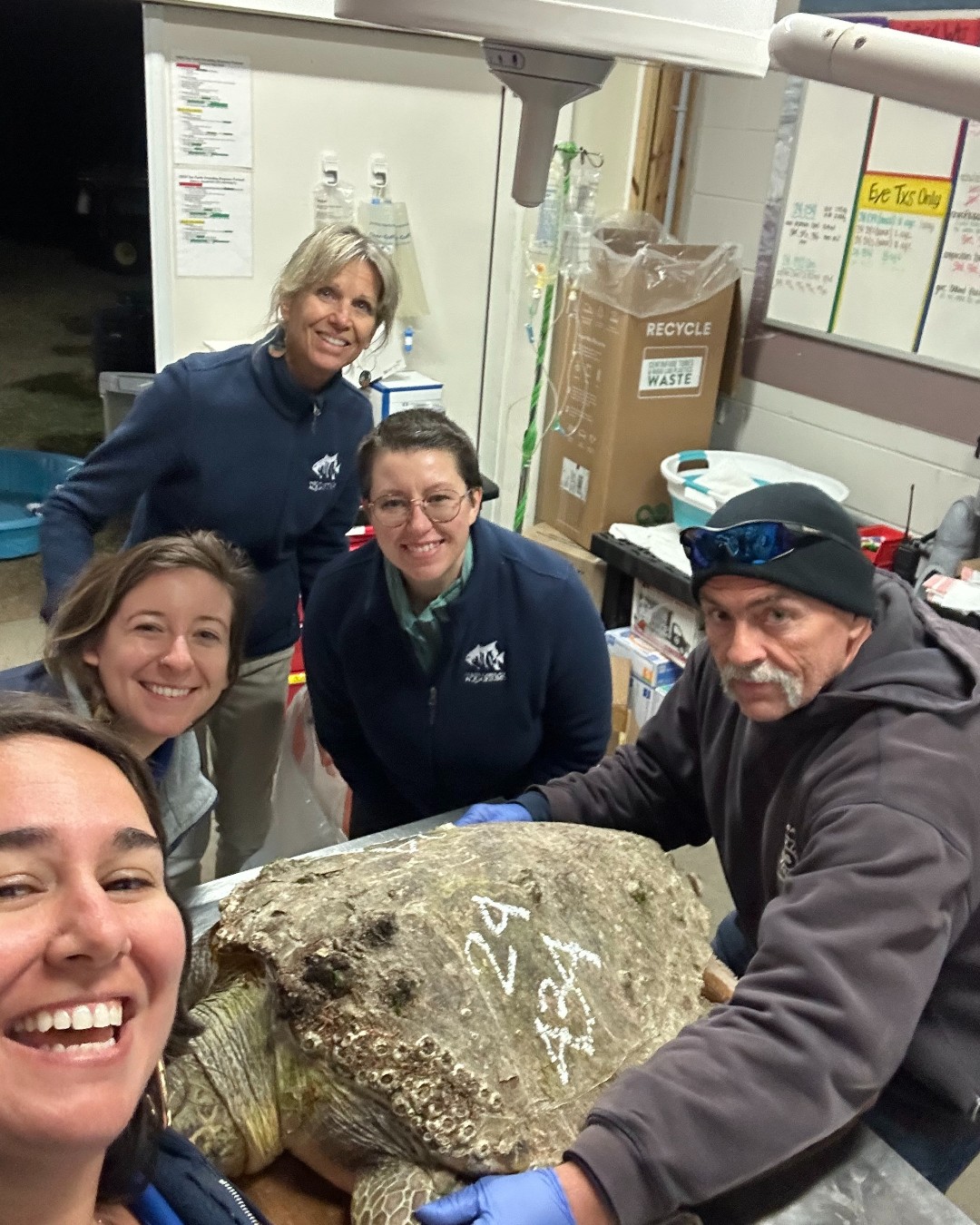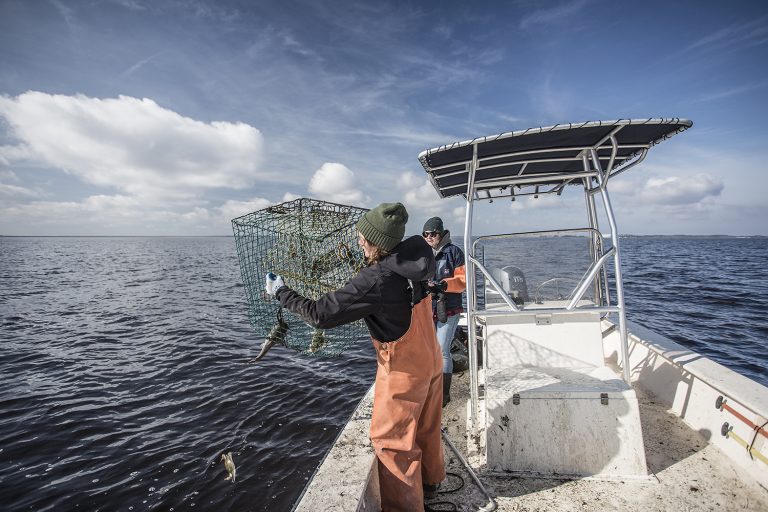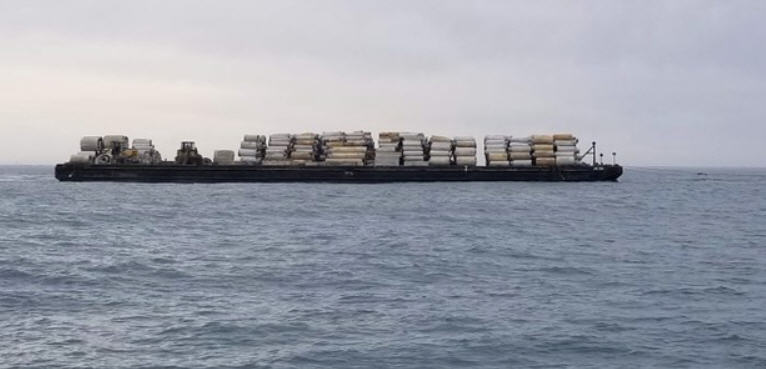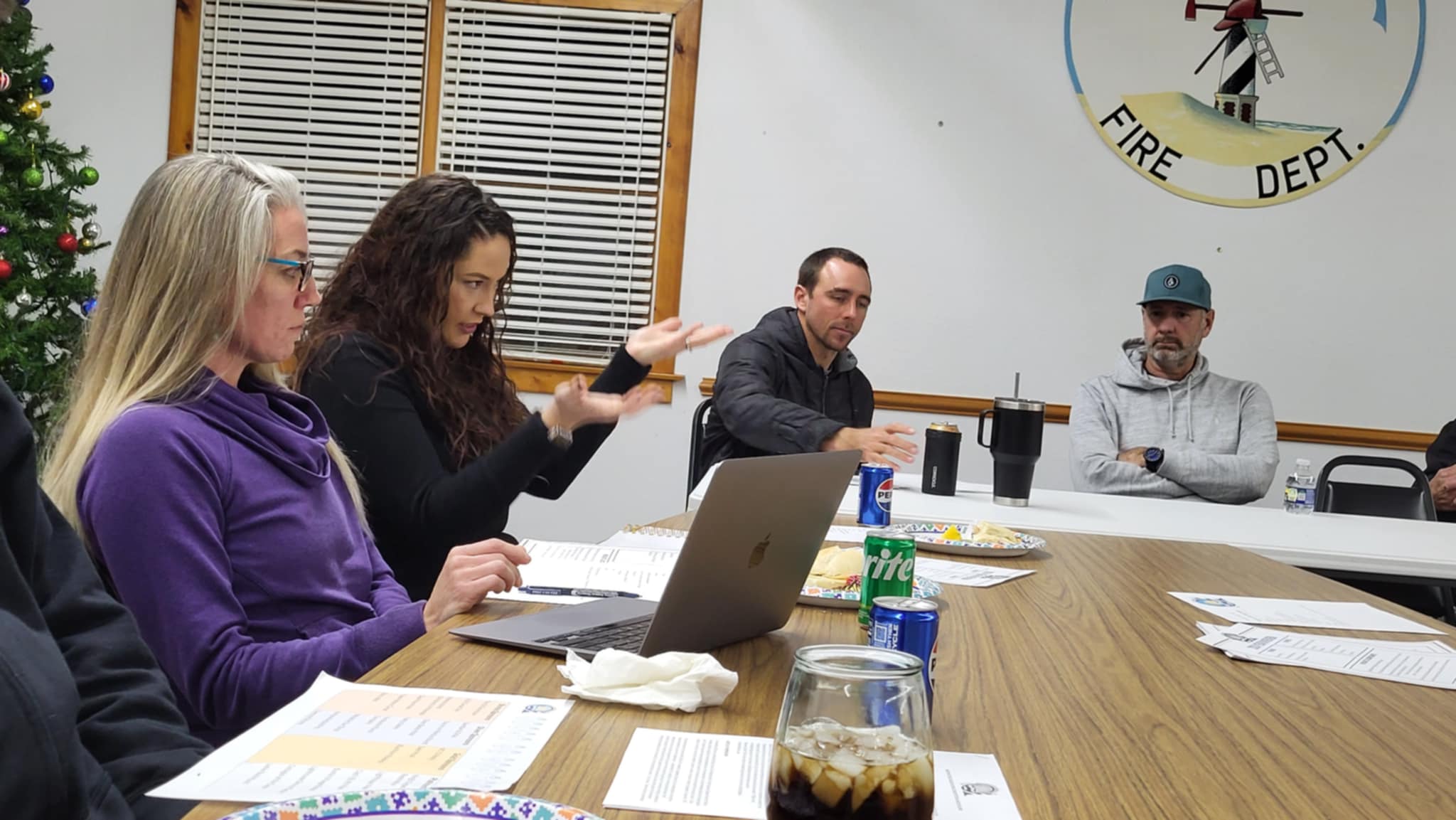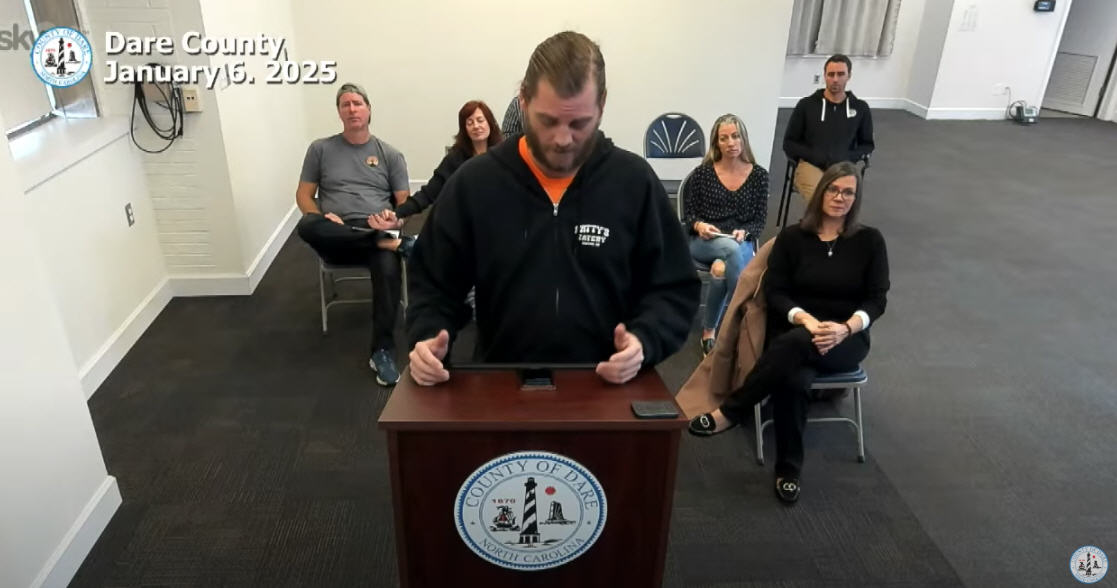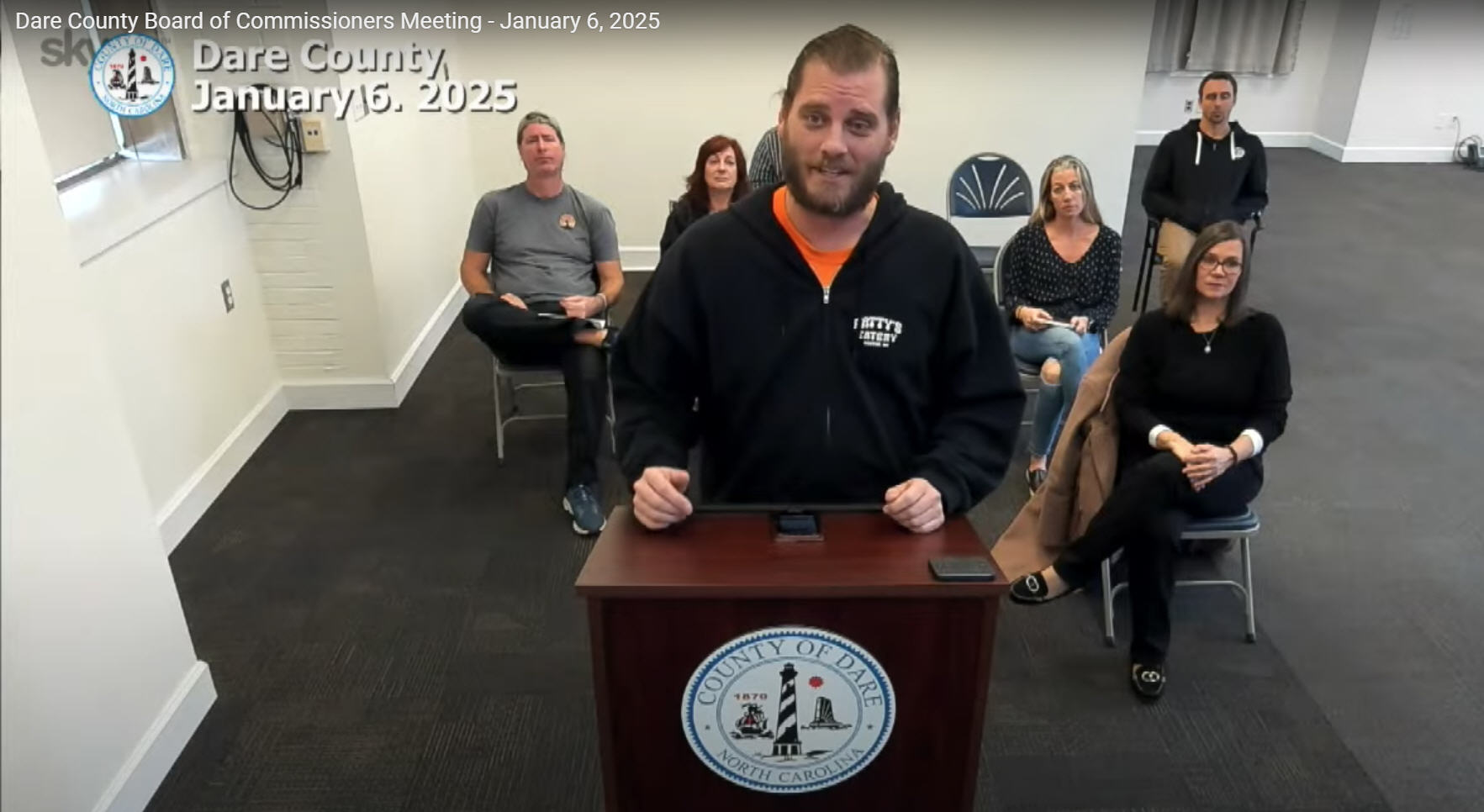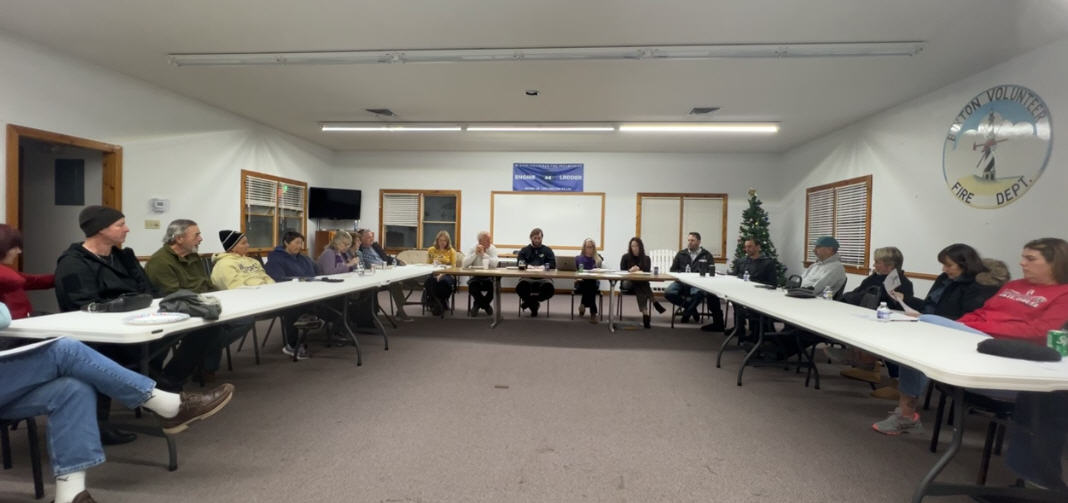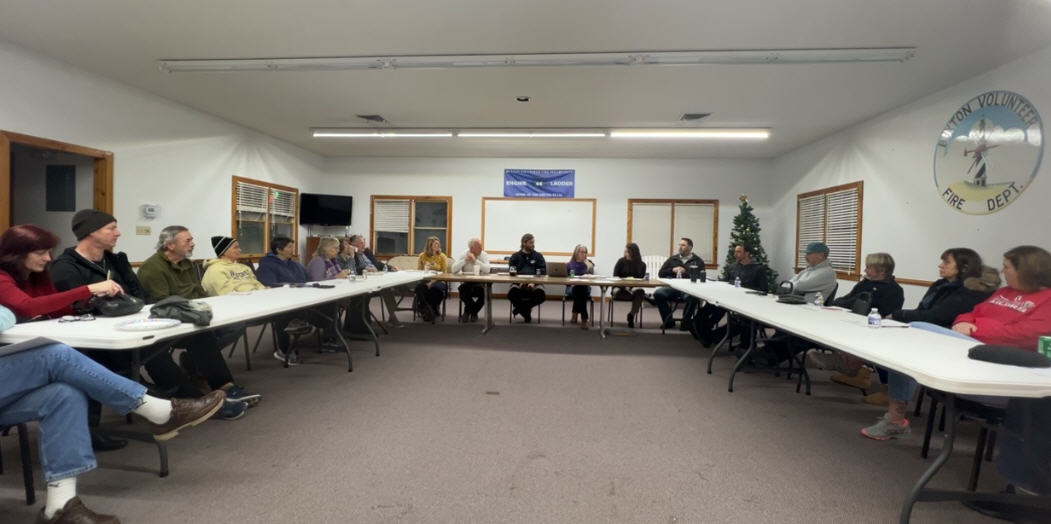Chicamacomico Life-Saving Station volunteers are taking their show on the road

The volunteers who perform the weekly Beach Apparatus Drill reenactment at the Chicamacomico Life-Saving Station Historic Site in Rodanthe are taking their impressive outdoor show on the road.
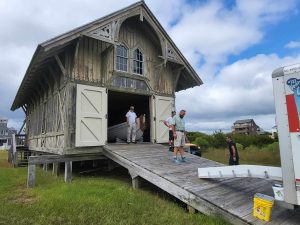
This week, 13 modern-day surfmen will be traveling more than 700 miles to Kittery, Maine for a command performance that coincides with the annual U.S. Life-Saving Service Heritage Association (USLSSHA) Conference, as well as the grand reopening of Maine’s Wood Island Life-Saving Station after a years-long renovation project.
“The 13 folks who are going have been our volunteers all summer long,” said Larry Grubbs, President of the Chicamacomico Board of Directors and longtime Drill Leader of the reenactment. “We’ve done this twice before in other locations – in 1998 and in 2009 in Delaware.”
The Beach Apparatus Drill is a highlight of the historic site and museum, and it has been performed every Thursday during the summer months for decades.
During the heyday of the life-saving stations in the late 1800s and early 1900s, the crews at all Outer Banks stations had a weekly routine that was only interrupted when a rescue was required. The routine included mundane tasks like housekeeping and chores, but it also included regular and repetitive training on the steps required to perform a rescue in the ocean waters.
Considering that these rescues were usually in less than ideal conditions, (like hurricanes, nor’easters, or during times of warfare), the drills helped to ensure that tasks like setting up the breeches buoy and firing the line-throwing Lyle Gun were second nature for the surfmen.
During this roughly seven-minute procedure, each member of an eight-man team, led by the Drill Keeper (or station commander), has a specific role to successfully launch a breeches buoy – a rescue apparatus that looks like a lifesaver with built-in shorts – out into the ocean in order to pull ashore stranded victims.
Though it takes just minutes to perform from start to finish, the perfectly executed reenactment is quite a show.

Decked out in canvas “summer uniforms,” (which are much less comfortable than a modern bathing suit), the volunteer team pulls a half-ton wagon across the unforgiving sand to the edge of the oceanfront dune line. From here, a Lyle Gun is fired to set the pulley system that will eventually haul the people in peril to shore, while other members of the team set up the crotch poles and heavy rope lines that will keep the pulley system stable and operational.
It’s a flurry of movement, with ropes flying in every direction, surfmen climbing to the top of a wreck pole hovering over the dunes, and a loud gunfire that startles any onlookers. And the volunteers who perform the demonstration every week are time travelers, with spectators easily forgetting that they are, in fact, witnessing a reenactment, instead of a regular routine of lifesavers from a century ago.
It’s an impressive demonstration, and for folks who have never seen a century-old life-saving rescue operation in person, (which will likely be the majority of attendees at the upcoming Maine event), it’s a unique look into a slice of Hatteras Island history.
“This trip all started with an inquiry from the President of the Board of the Wood Island Life-Saving Station,” said Chicamacomico Life-Saving Station Executive Director John Griffin. “We have been following this story because it’s an incredible restoration that raised $18 million dollars. It’s on a little island off the coast, and they are having their grand opening for the station, and hosting their annual meeting of the Life-Saving Service Heritage Association at the same time.”
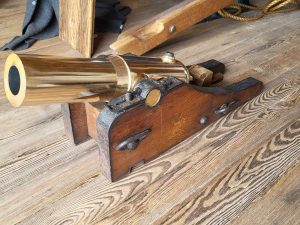
“They asked us if we could come up and do the drill, and the more we explored it, the more it became feasible,” he added.
It’s a feasible trip for sure, but not an easy one.
The performance at Maine’s Wood Island Life-Saving Station is scheduled for Saturday when there should be quite a crowd who have never seen a live drill before. But in order to get there, the 13 volunteers have to fly or drive all the way up the coast, while taking all the heavy gear required to perform an accurate demonstration.
On Wednesday, team members hauled the beach cart, Lyle Gun, ropes, and all equipment into the back of a U-Haul truck – a hefty load that was more than 1,000 pounds.
“Once we get there, we’ll then have to put the cart with all the equipment on a barge, which will then go out to the island,” said Griffin. “It’s quite a trip.”
Despite the long drives and flights ahead, (with roughly four days of round-trip driving required for the short Saturday afternoon show), the volunteers are looking forward to spreading the history and notoriety of Chicamacomico to a new corner of the U.S. coastline.
“It’s a great opportunity,” said Griffin. “In 2018, we hosted the [USLSSHA] conference in the middle of a hurricane, so everything they were going to do except visit Chicamacomico got canceled. This is a chance to put Chicamacomico back in the [spotlight.]”
